We spent 3 days on our Etosha National Park self drive safari adventure. The first night we spent in a camp just outside the Anderson Entrance Gate. Indeed, our evening safari drive was a most rewarding experience. We traveled between the Anderson entrance gate and the SW Etosha Pan lookout point near Okaukuejo.
The second day at Etosha National Park, we went on all day safari and then spent the night at Halali Camp. Additionally, day three was another all day safari and then we spent the night at Namutoni Camp. We exited the park on day four through the Von Lindequist Gate and then to B1.
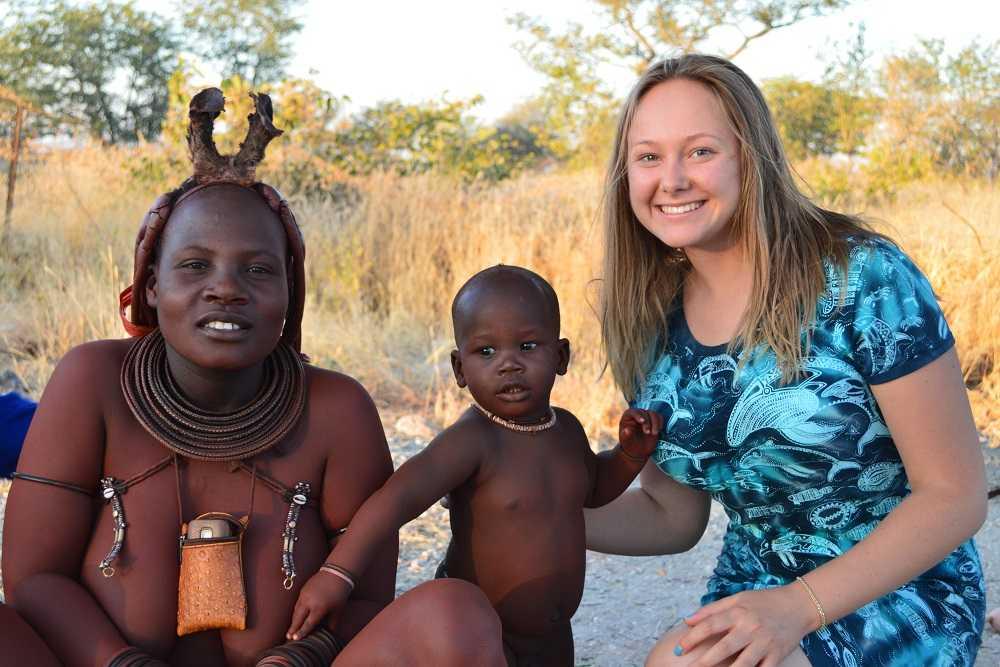
Etosha National Park Accommodations
Our Etosha National Park accommodation was the best on the first night we stayed outside of the park. The camp there had a nice dinner and the location of the camp was great for entering the park on the first day and getting accustomed to the area.
Furthermore, they have good maps available inside the park and you can pick one up when you pay your Etosha National Park entrance fees. Some of the camps inside the park have watering holes for night viewing. However, we found this very lack luster. There are much better wildlife viewing opportunities outside the camps during daylight hours.
Introduction to Etosha Pan
Etosha National Park covers an area of 22,270 sq kilometers and the most prominent feature is the Etosha Pan which covers about 4760 sq kilometers or about 25% of the entire park. In the native language Etosha means “great white space”.
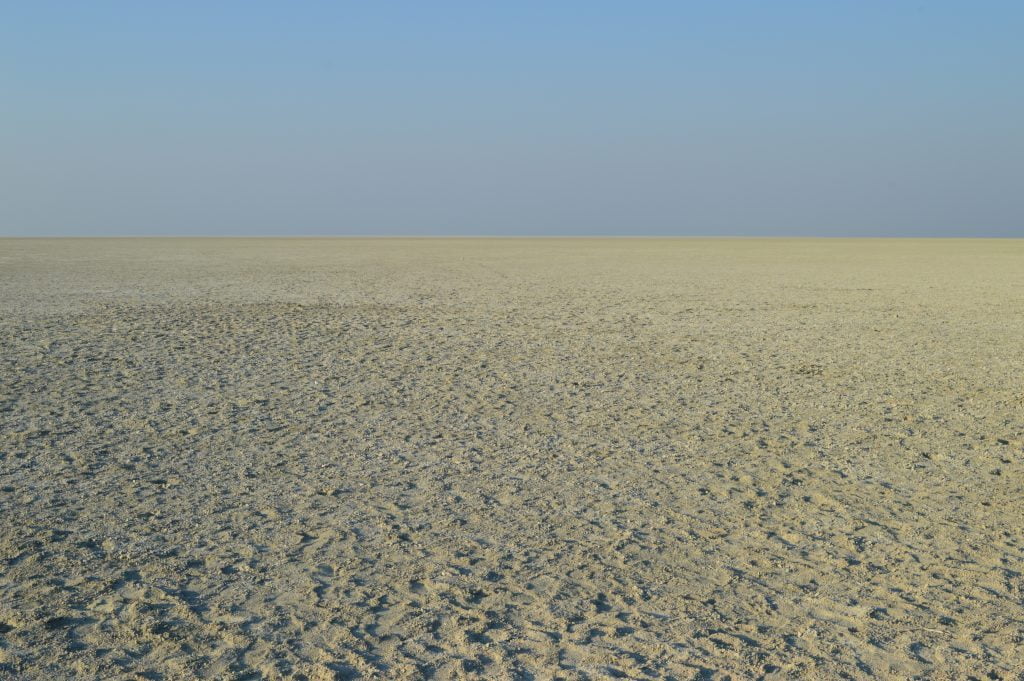
As I mentioned in the Sossusvlei post, the Etosha Pan is a true salt pan and the Sossusvlei is a clay pan. There is a copious amount of salt in the soil that makes up the Etosha Pan and surrounding area. Additionally, the area is characterized by strong winds which blow the salt for large distances away from the pan itself.
This is a mixed blessing, because it does provide nutrients for animals living in the surrounding areas. However, it can create problems for the local farmers due to the infertility of salt in their fields. The immensity of Etosha Pan can be seen on HD video.
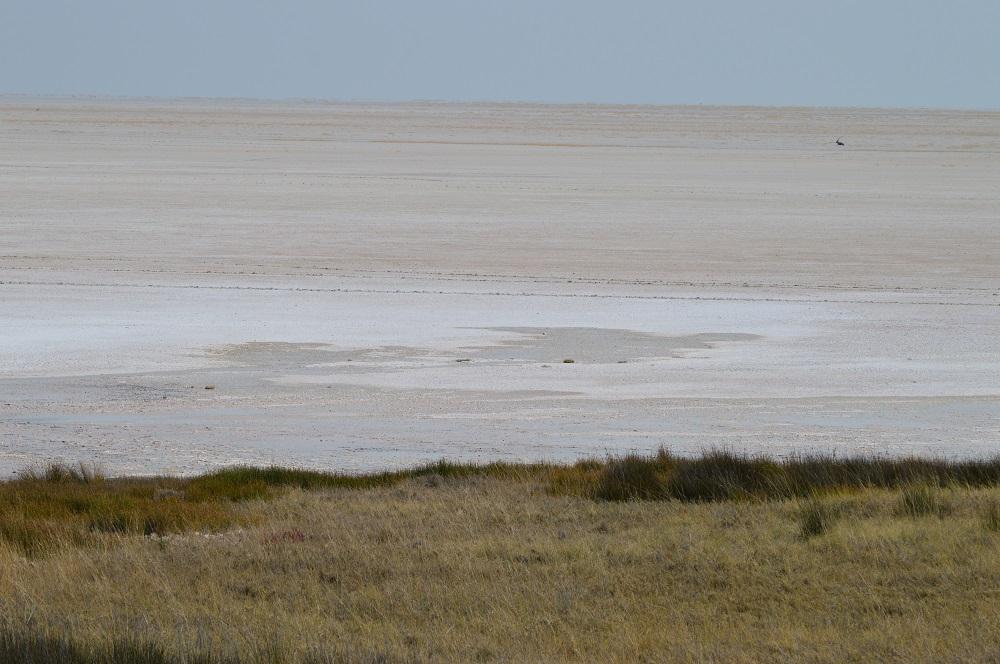
Geologic History of Etosha Pan
Other sources of erosion besides wind at Etosha pan include a large contribution from the Gondwana Ice Ages about 300 million years ago. As a result of the cold climate, tremendous amounts of snow began to fall and glaciers formed in the mountains of Southern Angola and then moved south into the present day Etosha National Park. The ice ages lasted about 20 million years and did a great deal to forge the landscape.
Water, of course also characterizes the Etosha Pan, and the pan does still fill with a thin layer of water after heavy rainfall. However, the pan does remain dry for most of the year.
There used to be much more abundant flows of water into Etosha Pan. Due to tectonic shifting about 35,000 years ago, the Kunene River was redirected. It then ceased to flow into the Etosha Pan. Instead, it now runs along the border with Angola and drains into the Atlantic Ocean.
Fresh Water Springs at Etosha National Park
The wildlife that visits Etosha National Park is drawn to the fresh water springs that are present around the edges of the Etosha Pan. Especially during the dry season, these springs are the only source of water in the area. This makes for fantastic opportunities to view wildlife. Fortunately, our visit was during the dry season, therefore we viewed an abundance of diverse wildlife.

Predators at Etosha National Park
Some of the most exciting wildlife viewing opportunities really just take a little patience and a lot of luck. I am referring to viewing the large predators, especially the lions. We were extremely fortunate in this regard.
The night before we arrived a group of lions had killed an adult giraffe. The kill location was situated just off the side of the main road that runs between the Anderson Gate and the Okaukuejo Camp. So we basically stumbled right into it within one hour after we entered the gate on our first day!!

It is actually amazing how well they are able to blend into the grass. In the photos there appears to be only a few of them but in reality there were at least 10 of them. They would stand up and move back and forth around the kill. Otherwise, they would have been completely invisible to the untrained eye. This would not be a good place to have to change a flat tire – that is for sure!
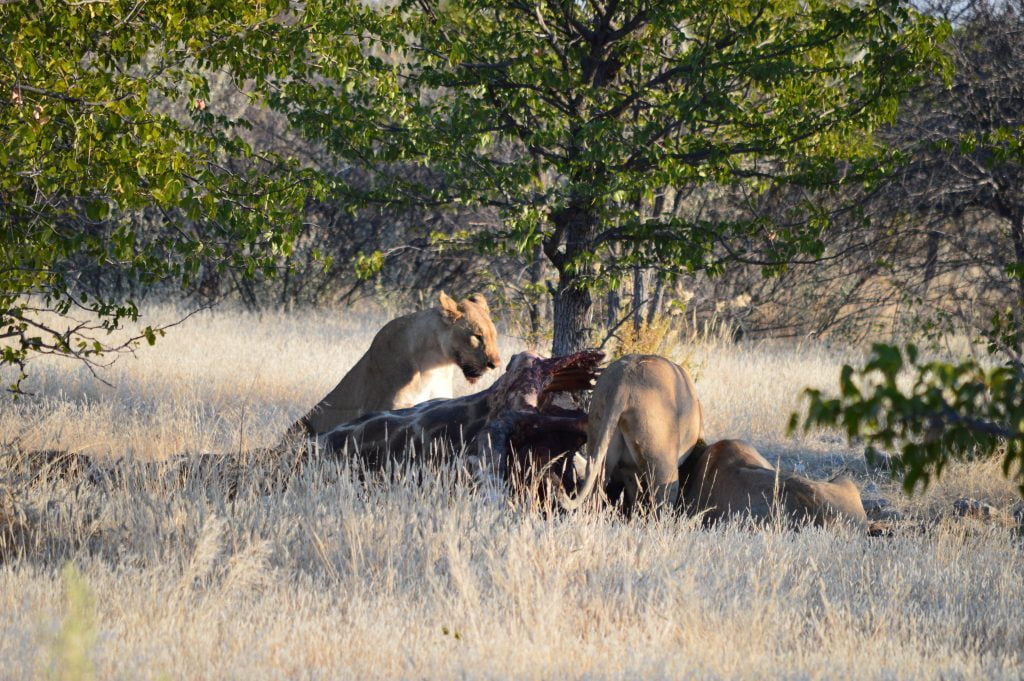
Western Etosha National Park
Lions in Etosha National Park number about 750 and the lions in the western section of the park are considered the most ferocious. These lions were spotted in this general area. Although this was the western edge of our Etosha safari and we moved eastward from here.
The western end of Etosha has until only recently, been closed to safari tours. It recently has become accessible if you choose to explore the area. I would certainly make it a point to do this on my next Etosha safari adventure.
Elephants at Etosha National Park
We also had some very inspiring encounters with Etosha elephants. The elephants of Etosha number about 2500 and they are separated into 2 general types of groupings. The breeding groups number about 50 individuals and are made up of the females, young males and the calves.
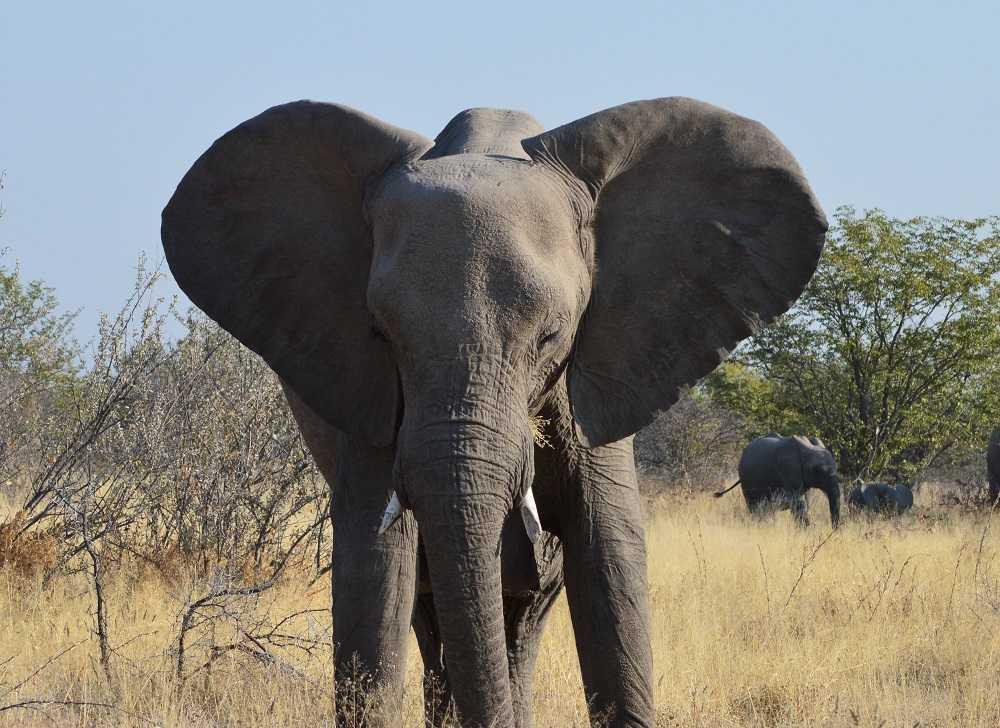
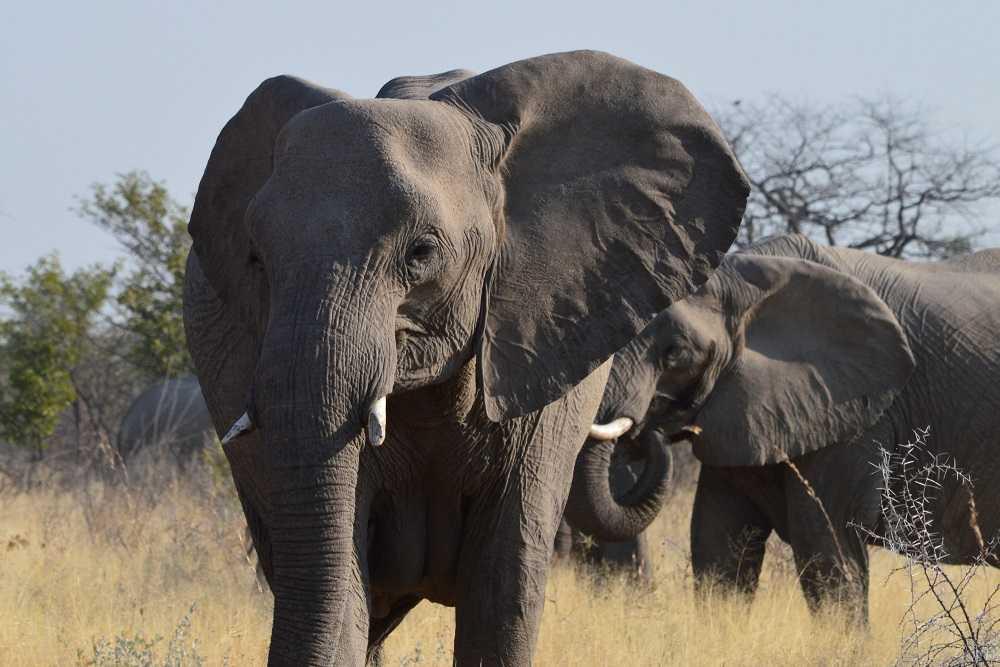
The bachelor groups number between 2-8 males and they are generally found in different areas than the breeding groups. The elephants tend to visit the water holes in larger numbers at night. Although, we did have some nice encounters with them during the day time.
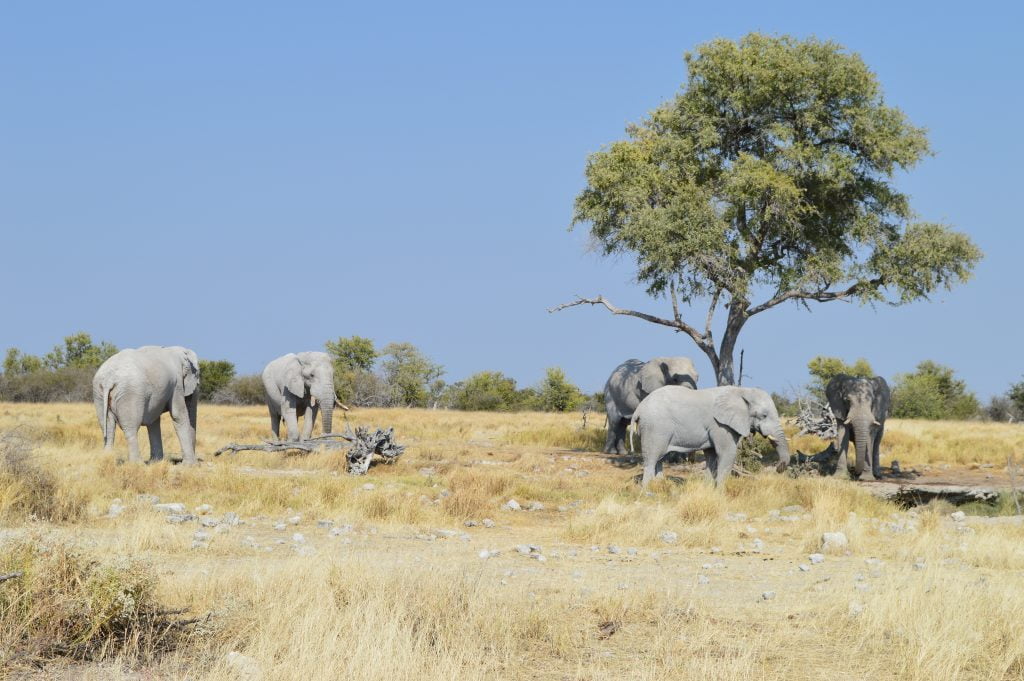

Wildlife Variety at Etosha National Park
Etosha National Park also has some very interesting creatures at the other end of the food chain. Such as these young black faced impala. These are a sub species of the common impala and they are native to NW Namibia.
The primary difference is the black facial characteristics displayed by the black faced impala compared to its cousin the common impala. Additionally, they are not endemic to this specific area of Namibia and were first introduced in the 1970s.
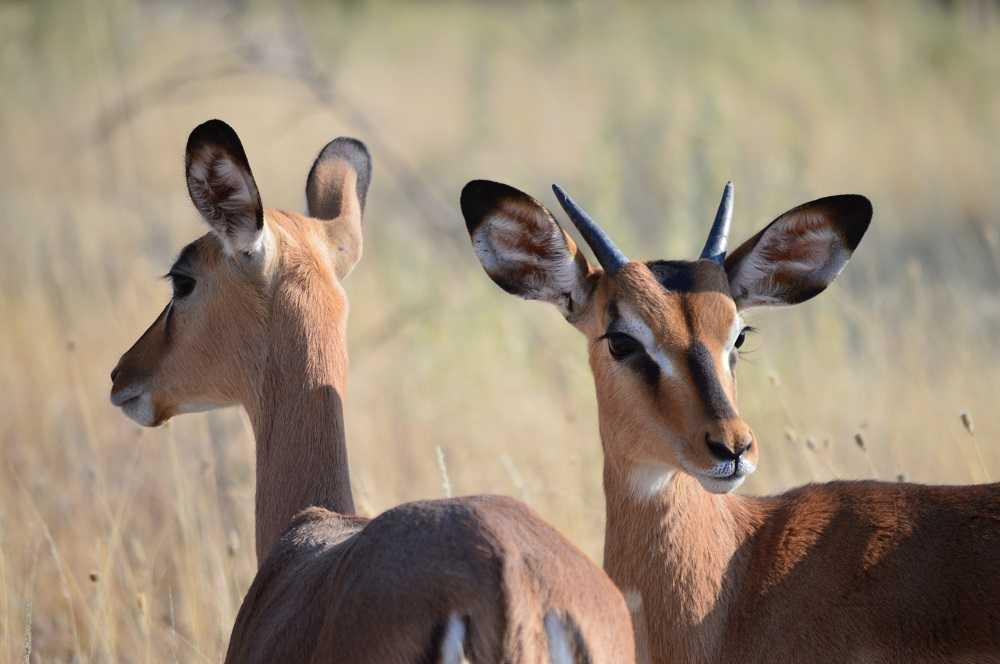
The black-backed jackal is a long time resident of Namibia. This is because ancient fossil evidence of their existence dates back between 2-3 million years. Additionally, these jackals are not picky eaters and they will eat insects, carrion, rodents, plant matter and even human refuse.
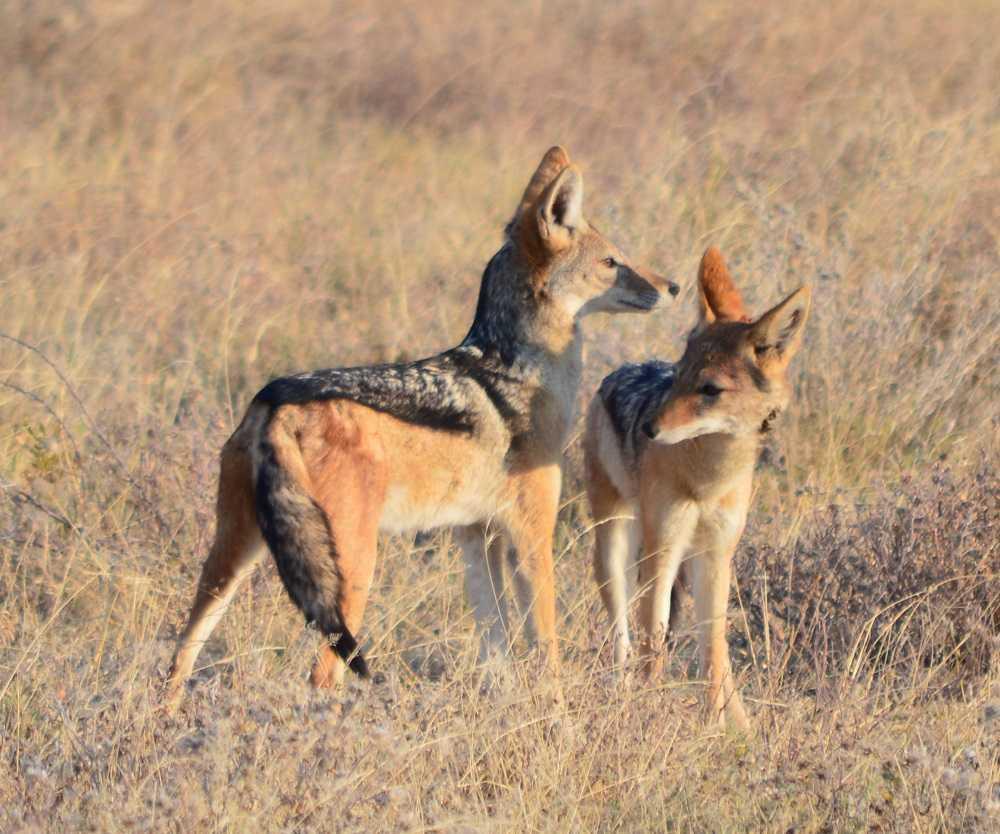
Man made waterholes at Etosha National Park have been created to enhance wildlife viewing opportunities. As a result, safari opportunities exist year round, especially during the dry season when these holes would normally run dry.

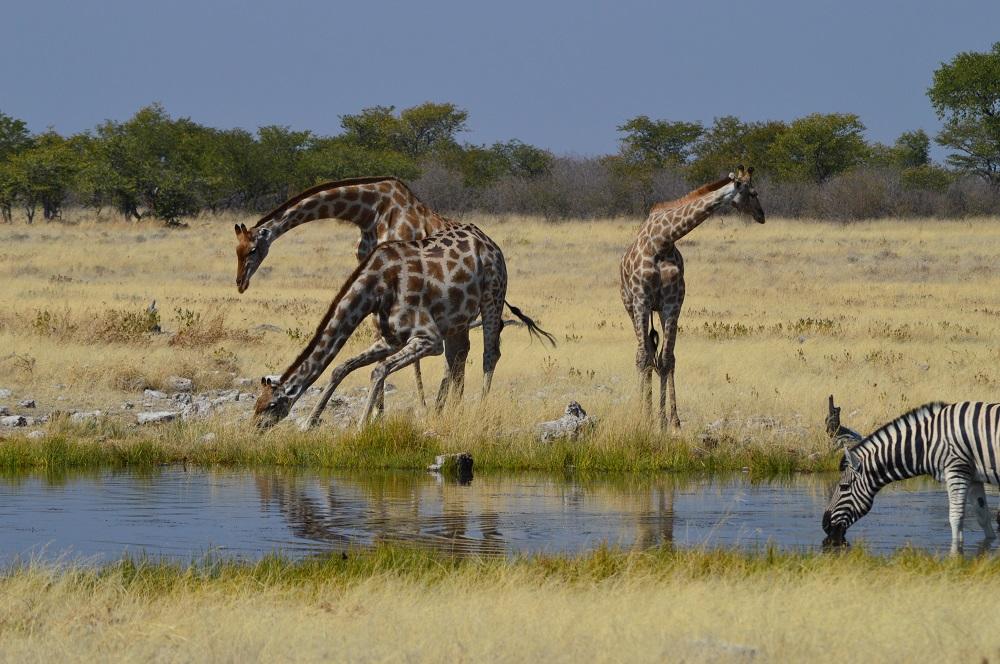
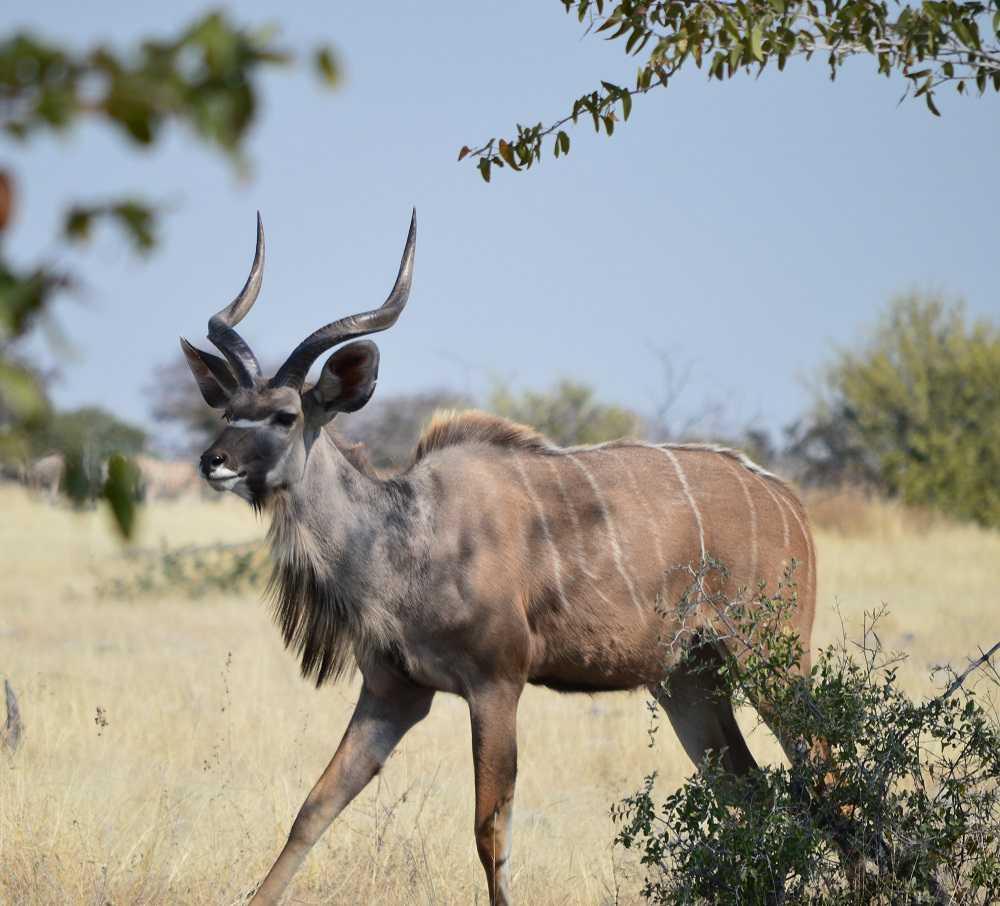
Enjoy Self Tour Safari in Namibia
Etosha National Park was an overall great experience especially because it is a self tour safari opportunity. Additionally, the park is easy to navigate and the wildlife is quickly spotted during the dry season due to the heavy and consistent usage of the park’s watering holes.
These watering holes are also a great place to see predators as that is where they tend to find the prey that they are looking for.
Namibia – Fascination of Geology A Travel Handbook, Nicole Grunert

